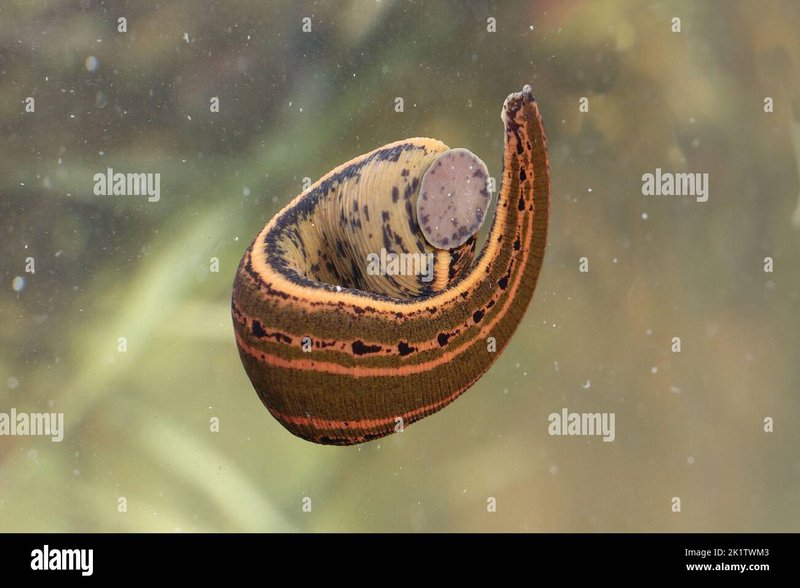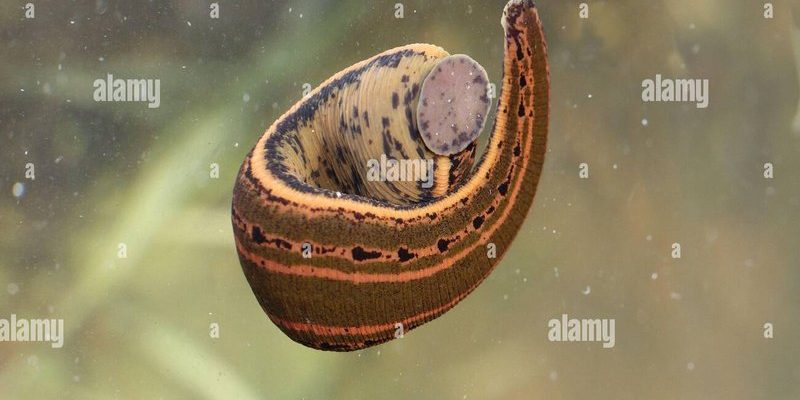
Leeches are more than just bloodsucking pests. These segmented worms play vital roles in their ecosystems, serving as both predators and prey. So, if you’re planning a nature walk or just want to know how to spot one on your next adventure, understanding where they live and what they look like is key. Let’s dive into the world of leeches together and explore how you can recognize them in their natural surroundings.
Understanding Leeches: What Are They?
Leeches belong to the class Hirudinea, which falls under the phylum Annelida, the same group that includes earthworms. These creatures come in various shapes and sizes, with some being just a few millimeters long while others can grow up to 12 inches! There are over 700 species of leeches, and they typically inhabit freshwater environments like ponds, marshes, and slow-moving rivers.
What you might find especially interesting is how leeches have adapted to their environment. They have a flattened, elongated body, which makes it easier for them to glide through the water. Plus, with their ability to secrete mucus, they can move smoothly over surfaces, making them less visible. Because of these adaptations, many people might not even realize they’re sharing a space with leeches!
Where to Look for Leeches in Nature
When you set out to identify a leech, knowing where to look is half the battle. Leeches thrive in freshwater habitats, particularly in areas with plenty of vegetation. Here are some common spots you might want to check:
- Ponds and Lakes: These still waters are perfect for leeches, especially in the shallow regions where plants thrive.
- Marshes and Swamps: The abundance of vegetation and organic matter in these areas provides food and shelter.
- Slow-Moving Streams: Look for leeches clinging to submerged rocks or plants.
As you explore these environments, keep an eye out for the edges of the water. That’s where leeches are most likely to be found, especially when it’s warmer outside. Just be cautious; while leeches aren’t typically aggressive, they can latch on if provoked.
Physical Characteristics of Leeches
Identifying a leech is much easier once you know what features to look for. The first thing to notice is their body shape. Leeches are long and slim, usually with a smooth, shiny surface. Their color can vary widely, from green and brown to black, allowing them to blend in with their surroundings.
Now, let’s break down some key characteristics:
1. Sucker Tails: Leeches have a sucker at both ends of their bodies. The posterior sucker is used for attachment, while the anterior sucker is for feeding. This is a hallmark feature that can help you differentiate leeches from other worms.
2. Segmentation: If you look closely, you might notice that leeches have a segmented body, similar to an earthworm. However, the segments of a leech are often less pronounced than those of an earthworm.
3. Movement: Watch how they move! Leeches glide smoothly through water or creep across surfaces. Their unique locomotion—using both suckers to anchor and pull themselves along—can be quite mesmerizing.
Behavioral Traits of Leeches
Understanding how leeches behave might also assist you in spotting them. Leeches are primarily active at night, preferring to come out when the sun goes down. During the day, they often hide among aquatic plants or mud to avoid predators.
Another interesting aspect of leech behavior is their feeding habits. Many leeches are hematophagous, meaning they feed on blood. They can latch onto fish or even mammals for nourishment. If you see a leech extended and then suddenly retracting, it may just be feeding or searching for a host.
Also, leeches can detect vibrations in the water. If you’re near a pond and notice the water surface rippling, it could be a sign of their activity. Just remember to tread lightly—loud noises might startle them back into hiding.
Common Species of Leeches
There are various species of leeches, each with unique characteristics. Here are a few common ones that you might encounter:
- Medicinal Leeches (Hirudo medicinalis): Often found in freshwater environments, these are the famous leeches used in traditional medicine.
- Black Leech (Hirudo verbana): These are commonly found in ponds and are known for their dark coloration and voracious appetite.
- Pool Leeches (Haemopis spp.): Typically found in still water, they have a flattened body and can grow quite long.
Knowing which species are common in your area can help you prepare for your nature expedition. Identifying leeches may lead to some surprises, as you might stumble upon species that are lesser-known but equally intriguing!
Tips for Safely Observing Leeches
While it’s exciting to identify a leech in its habitat, safety is crucial. Here are some tips to make your observation experience enjoyable and safe:
1. Wear Protective Gear: If you’re exploring marshy areas, consider wearing long boots or waders. Leeches can latch onto exposed skin, so it’s wise to cover up.
2. Bring a Container: If you want to examine a leech closely, consider bringing a small container with water. This way, you can observe it without disturbing its natural habitat.
3. Respect Their Space: Always remember that leeches are part of their ecosystem. If you spot one, watch it for a bit, but refrain from handling it more than necessary. They play important roles in their environment.
Now that you’re equipped with the knowledge of how to identify a leech in its natural habitat, you’re ready to explore! Whether you’re hiking near a pond or meandering through a wetland, keep your eyes peeled for these fascinating creatures. Honestly, leeches are more than just bloodsuckers; they contribute to the health of their ecosystems.
So, the next time you find yourself near still waters, remember all these tips and characteristics. Embrace the adventure of spotting a leech, and who knows? You might find yourself fascinated by nature’s intricacies, one slippery creature at a time!

